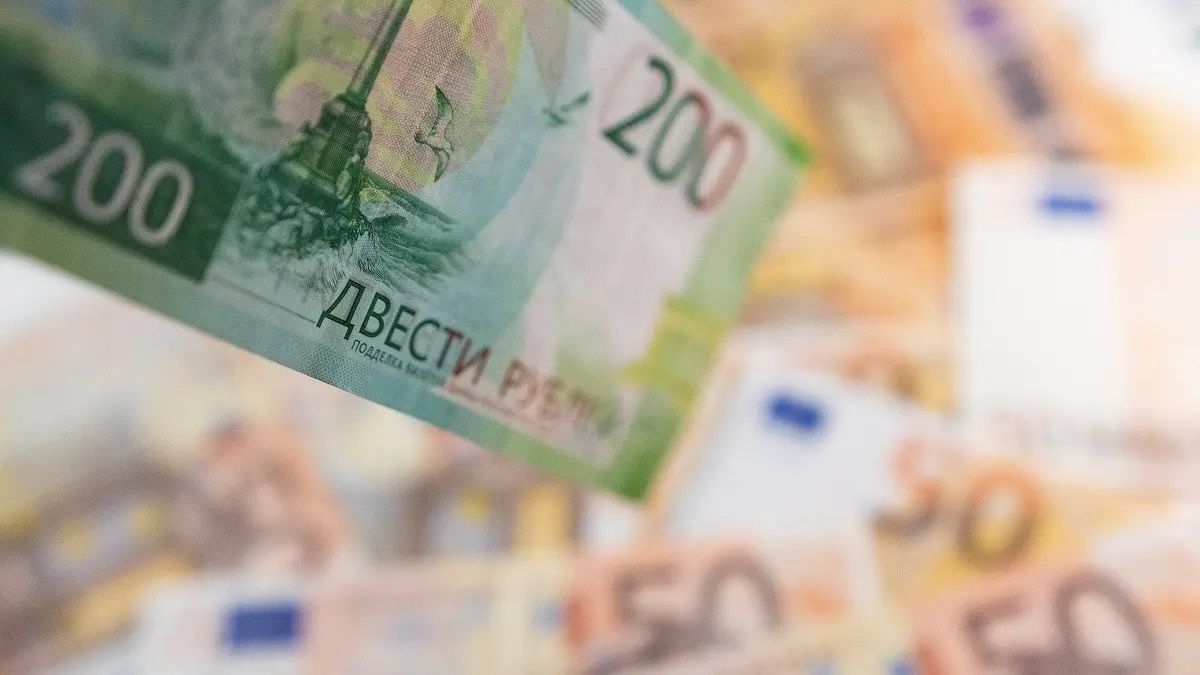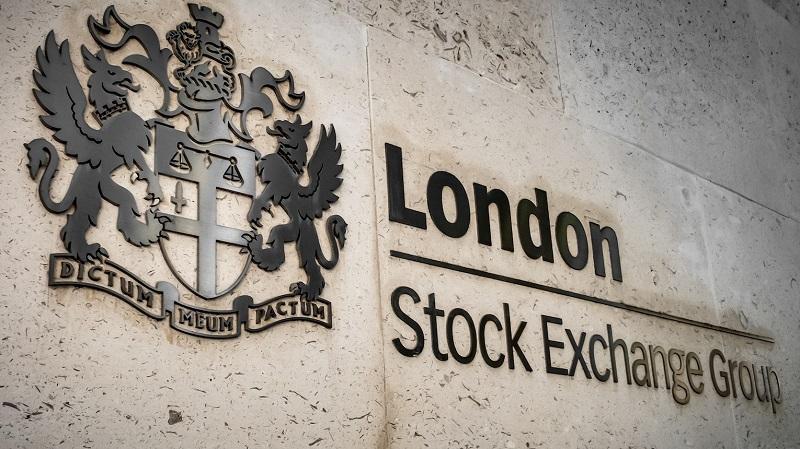FXOpen

With geopolitical changes and news-dominating current affairs comes market volatility, and the Russian Ruble has been once again volatile against Western major currencies.
Almost three months ago, when the United States and European Union member states began their policy of issuing sanctions onto Russian government officials, businesses and individuals, the Ruble declined in value very severely.
This was, however, short lived because it very soon became clear that Russia, a nation whose economy is firmly built on raw material commodities such as oil, wheat and mineral products which are in high demand globally for the functionality of everyday life, would begin to trade more closely with other regions of the world such as India and China and then allow settlement in local currencies for those nations and other 'friendly' nations, whilst making the settlement payments for gas and oil for what it considers 'unfriendly' countries in Rubles.
China and India are the world's largest importers of oil, and the European Union has 40% of its gas supplied by Russian companies, therefore the demand for Russian oil is still very high, and when considering the need to now settle in Rubles for many regions in the world, it is now tied to the Ruble which has boosted the value of a traditionally inflationary and volatile currency.
Now, the Ruble sits at 68.77 against the US Dollar, which is only a slight pullback from its high of just over 64 over the weekend.
However, this is a stark contrast to the 128 that it reached on March 8 this year, showing that the uncertainties at the beginning of this current conflict have been in some way quelled by the direction of the commodity markets and in some cases the redaction of sanctions. For example, Renault, which owns 67% of Russian automobile manufacturer AvtoVaz, instructed its Moscow plant to resume manufacturing only a few weeks after it had suspended production.
This demonstrated that there was a commercial need to continue, and of course Russia itself is a very big market for consumer items as it imports the vast majority of goods due to its own domestic economy being largely agrarian and raw materials based.
The Ruble has been a volatile currency for a number of years now, however these last two months have absolutely compounded a market which was already notorious for large movements.
The US Dollar has been performing well against the Euro and the Pound recently, too, despite hyperinflation and the Federal Reserve's interest rate rises denoting strain in the US economy. Therefore, this upward turn for the Ruble even against one of the strongest major currencies is noteworthy.
This article represents the opinion of the Companies operating under the FXOpen brand only. It is not to be construed as an offer, solicitation, or recommendation with respect to products and services provided by the Companies operating under the FXOpen brand, nor is it to be considered financial advice.





